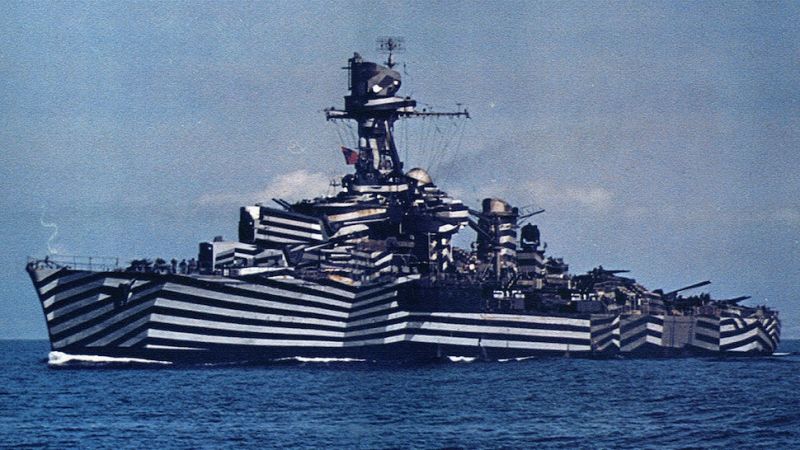Thanks to dazzle camouflage, submariners often made mistakes because they could not correctly identify the aforementioned data about the ship.
Throughout military history, camouflage has been used to prevent an enemy from noticing a hidden object. Or, if it is impossible to hide the object, camouflage can be applied so that the enemy is not able to correctly identify the target, determine the distance to it, or aim correctly.
Most often, this latter camouflaging is achieved in two ways. The first is to make the object invisible against its background due to the selection of a suitable color. The second method involves the deliberate distortion of the shape of the object so that it is difficult to distinguish the position of the object and the direction of its movement, or identify its weak points.
It is believed that the first time someone drew attention to this method of disguise was in 1909 when the American artist Abbott Handerson Thayer published a book called Concealing—Coloration in the Animal Kingdom. In his book, he gave examples of camouflage in animals and explained why a white chicken on a white background can be seen well.
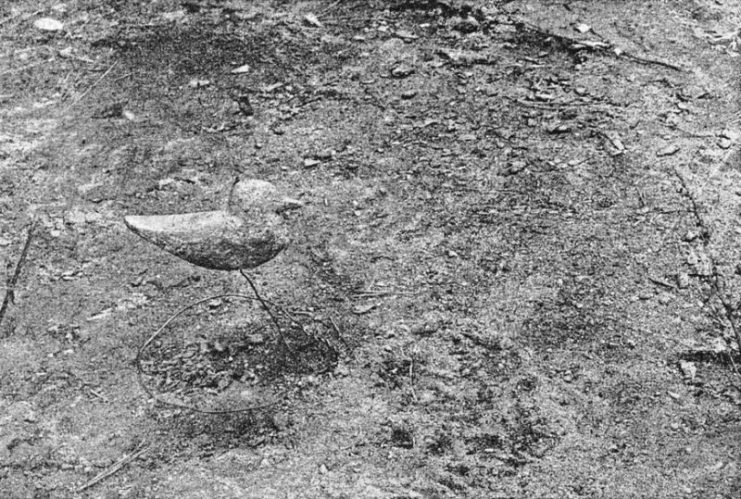
The British zoologist Graham Kerr was the first to suggest applying camouflage to British warships in the First World War in patterns that mimicked those of giraffes, zebras, and jaguars. In September 1914, he sent a letter to the First Lord of the Admiralty, Winston Churchill, in which he explained that the application of sharply contrasting spots and stripes of color would create the impression of a broken surface and disguise the shape of the ship, confusing the enemy.
In February 1915, Abbott Handerson Thayer also wrote to Churchill, proposing that ships be painted white to make them invisible, and that submarines be similarly disguised.
The Admiralty rejected Thayer and Kerr’s proposals as “freak methods of painting ships…of academic interest but not of practical advantage.”
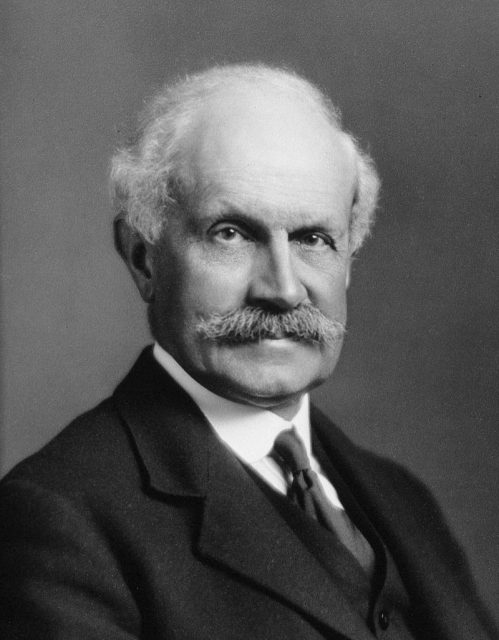
However, experiments with camouflage at sea were made before the First World War. Sailors were skeptical of this innovation, as many factors influenced visibility conditions on the sea: weather, time of day, etc.
After the outbreak of the First World War, a new threat in the form of submarines appeared. Thus, it became necessary to visually distort the appearance of warships and make it difficult to determine the parameters of their movements, such as speed and distance. Royal Naval Volunteer Reserve officer Norman Wilkinson proposed a scheme of camouflage paint which later became known as “dazzle camouflage.” It was also called “razzle dazzle” and “dazzle painting.”
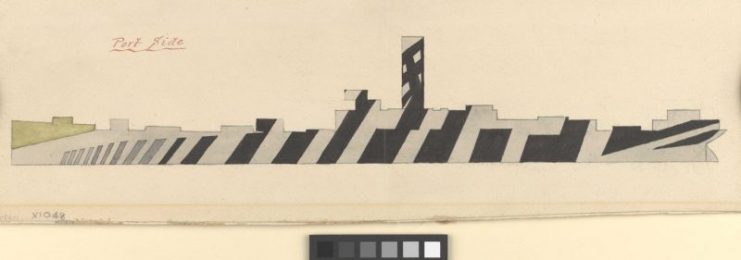
Wilkinson suggested painting warships with unexpected lines to create illusory planes, angles, and other shapes, based on the artistic style of Cubism. His service as an officer on a submarine led him to the conclusion that there was no point in hiding an object as large as a warship—instead, he argued that the enemy could be confused while trying to strike.
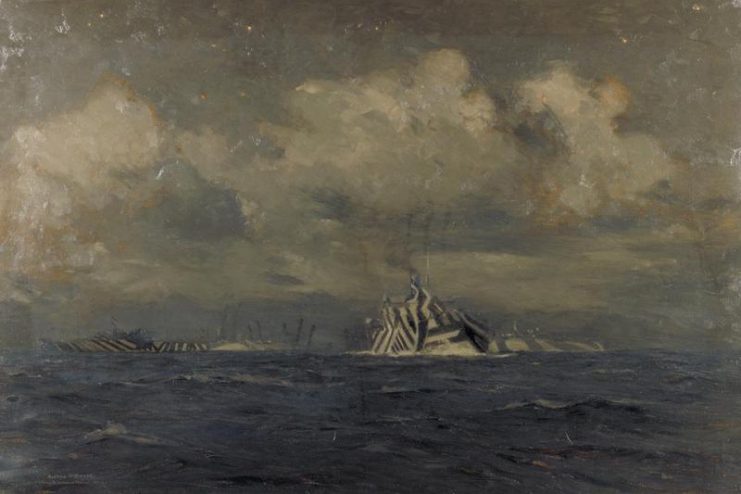
At the time, a submarine’s fix on a target was solely based on visual data, obtained using the optical range finder of the periscope, on the movement of the ship, its speed, size, and angle to the submarine. After obtaining this information, the commander of the submarine would calculate the “torpedo triangle.”
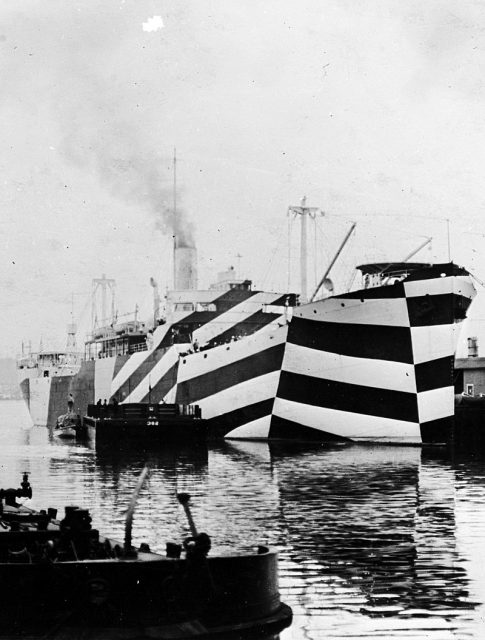
Thanks to dazzle camouflage, submariners often made mistakes because they could not correctly identify the aforementioned data about the ship. The unusual coloring and ornaments caused the dimensions of the warships to appear distorted, and their silhouettes were blurry or looked like the surface of the sea or the sky.
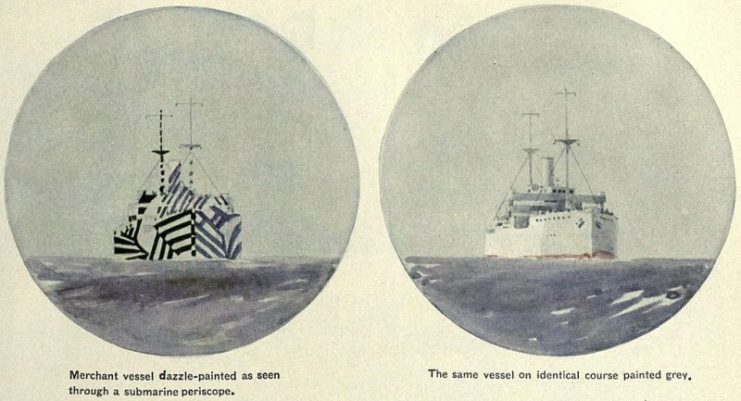
After successful tests, the fleets of Britain, the United States, and France adopted dazzle camouflage. The main colors that were used on surface warships were black, white, off-white, green, and blue. According to eyewitnesses, convoys of ships with dazzle camouflage looked stunning.
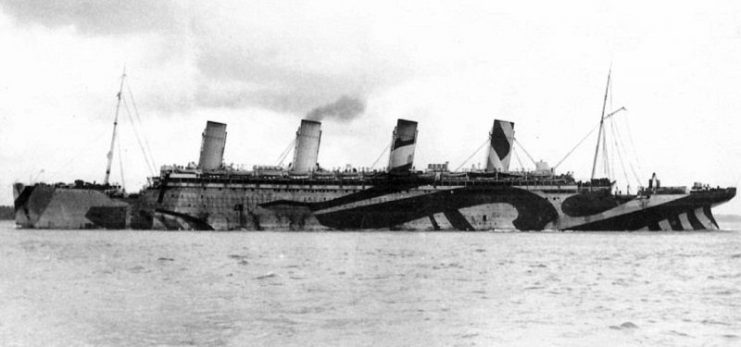
Additionally, the patterns were supplemented with a fake wave on the stern, which made it difficult to calculate a ship’s speed and caused submarine crews to experience the illusion that it was moving away from them. The fact that the dazzle camouflage really worked is evidenced by the testimony of a submarine captain:
“It was not until she was within half a mile that I could make out she was one ship (not several) steering a course at right angles, crossing from starboard to port. The dark painted stripes on her after part made her stern appear her bow, and a broad cut of green paint amidships looked like a patch of water. The weather was bright and visibility good; this was the best camouflage I have ever seen.”
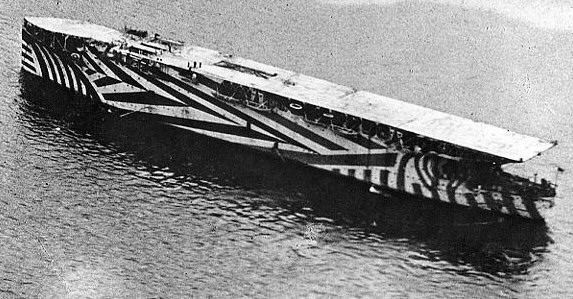
Initially, each individual ship had personalized camouflage. However, after the start of the war, both military and cargo ships received standardized colors.
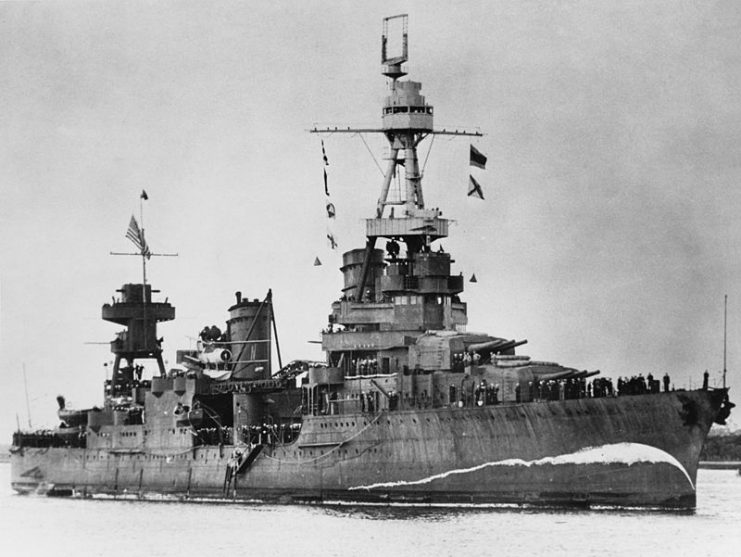
In addition to Norman Wilkinson, artists such as Abbott Handerson Thayer, Edward Wadsworth, George de Forest Brush, Thomas Benton, Maximilian Toch, and others were involved in this work during the First World War.
Read another story from us: Military Magic – The Unseen Art of Camouflage
During the Second World War, dazzle camouflage lost its effectiveness due to the use of radar. Even so, the United States Navy implemented a camouflage-painting program in WWII, and dazzle camouflage was applied to many classes of ships, from patrol and auxiliary ships to battleships and some Essex-class aircraft carriers.
